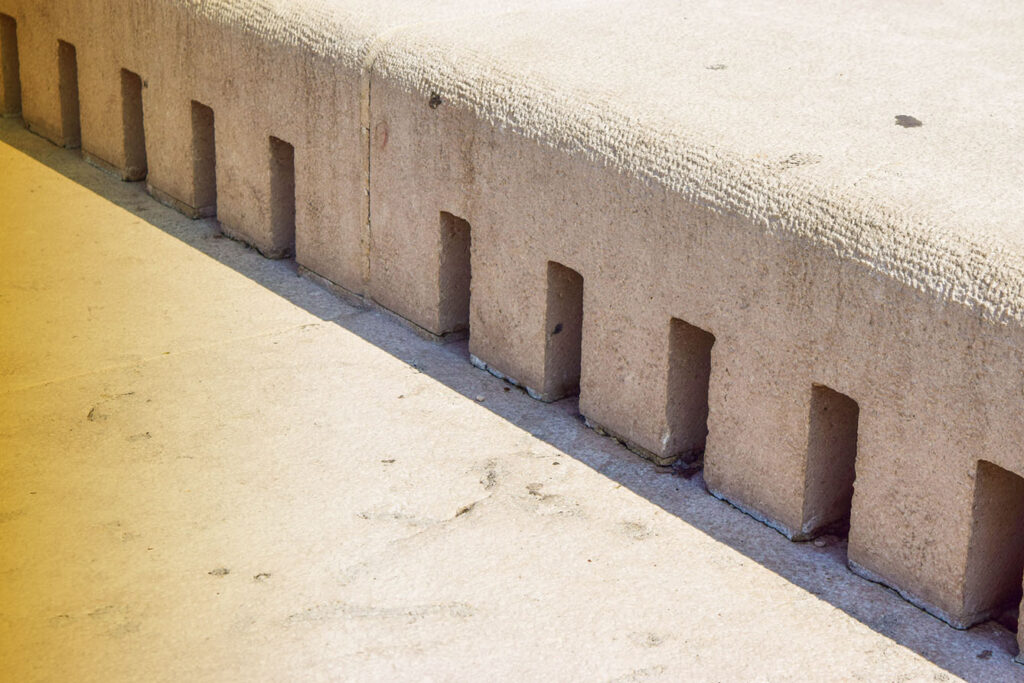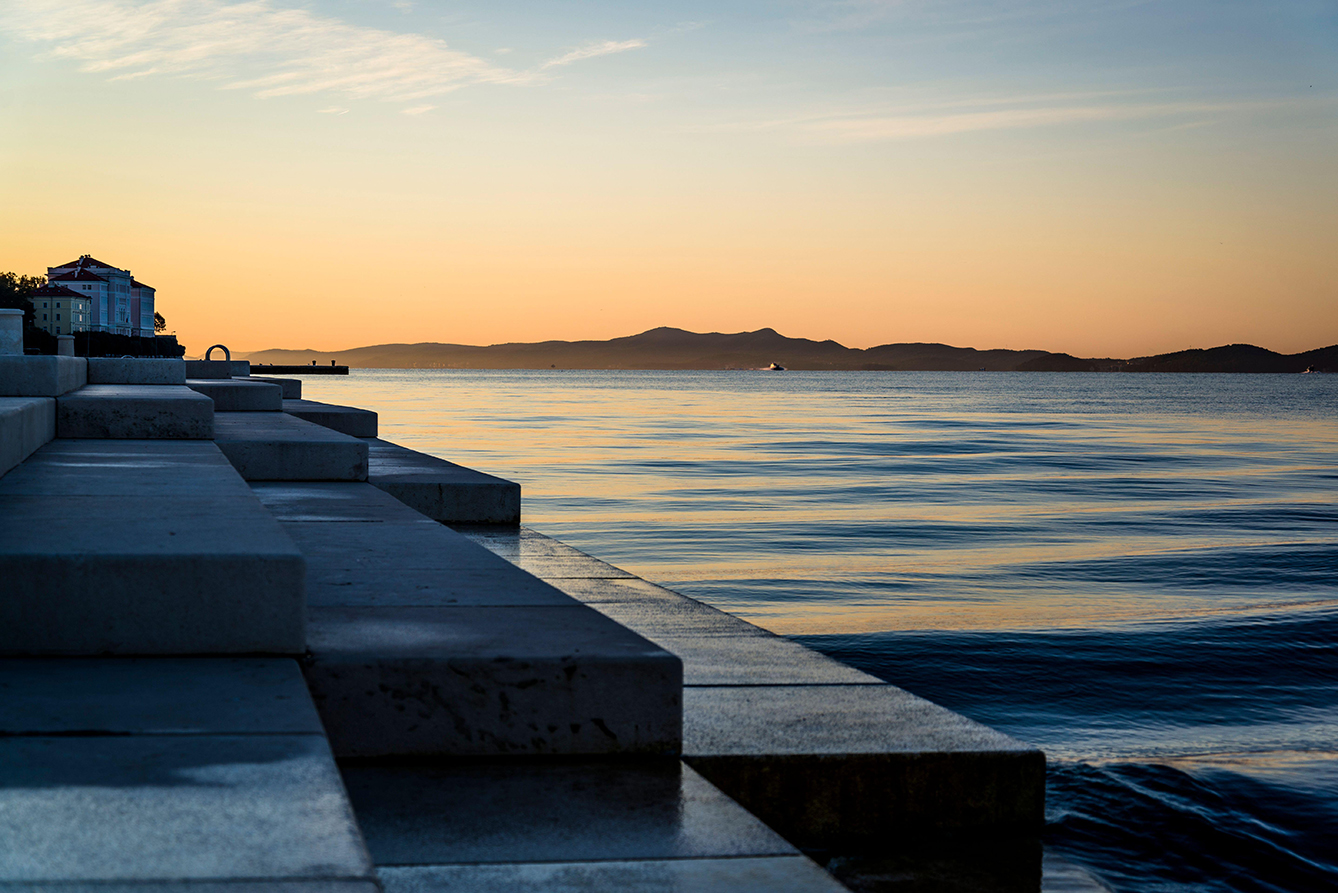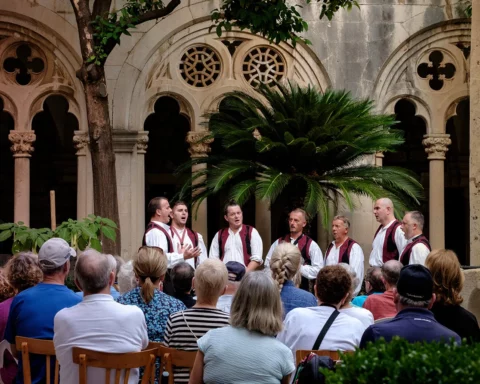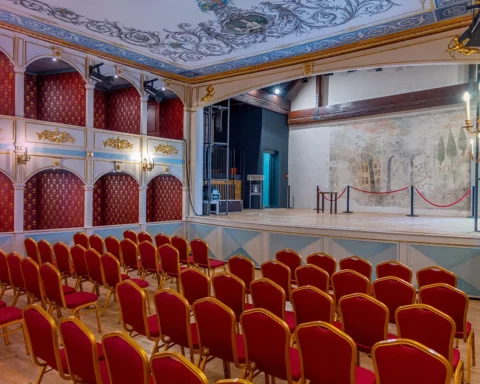You can hear the actual songs of nature along the Adriatic Sea in Zadar, Croatia, as wind from the sea blows through 35 tubes placed on the seashore. It’s almost like your own personal symphony, which you can enjoy with a spectacular light show provided by the sun. This monumental sea organ exposes the inner beauty of waves that express their wavelengths.
Zadar Sea Organ: where sea plays music
That was the concept behind the creation of the sea organ (morske orgulie). You can find it as you head towards the western side of the Old Town. The organ is located near the ferry port. What you are looking for is a part of the shore made of seven stone steps descending to the sea. Divided into ten-meter sections, the steps cover plastic pipes of differing diameters and angles.
The air that blows through the pipes is moved by sea waves and tides. The sound the pipes make fills the air along the promenade as it pours through holes carved into stone steps. However, those steps not only protect the organs from destruction. Their main purpose was to create a public space above the organ, so people can meet, talk, or just sit and listen to the sounds of the sea. Awarded the European Prize for Urban Public Space in 2006, the year after it opened, it truly does serve this function.
Morske orgulie and Greeting the Sun
Both tourists and locals alike love to meet on the warm shores of the Adriatic Sea to greet the sun. And as far as ‘Greeting the Sun’ is concerned, that’s another part of the installation, just next to the Sea Organ. This monument, ‘Pozdrav suncu’ in Croatian, is a circle with a diameter of 22 meters, made of blue multi-layered glass. Under the glass panels is a photovoltaic installation that collects solar energy during the day and lights up in the evening, projecting a show.

The design of the installation (which is entirely flat, so you can walk or dance on it), also features planets and markers for the position of the Sun on certain days, so the entire Greeting the Sun is also a kind of space calendar. Both the Sea Organs and Greeting the Sun were created by Croatian architect Nikola Bašić, who grew up in Zadar and graduated from the architecture faculty in Sarajevo. However, the installations along the seashore were made in collaboration with several specialists in different areas of art and science, such as musicology, maritime science, and engineering.
Zadar was perhaps the most heavily bombed city in the southern front of the Second World War. Afterwards its shore was reconstructed with a simple concrete wall. The artistic addition to the seaside promenade marks a pivot of the beautiful city back towards its original splendor – and its most precious neighbor: the Adriatic Sea.
See Also: Dubrovnik Is an Actual Fantasy Location







